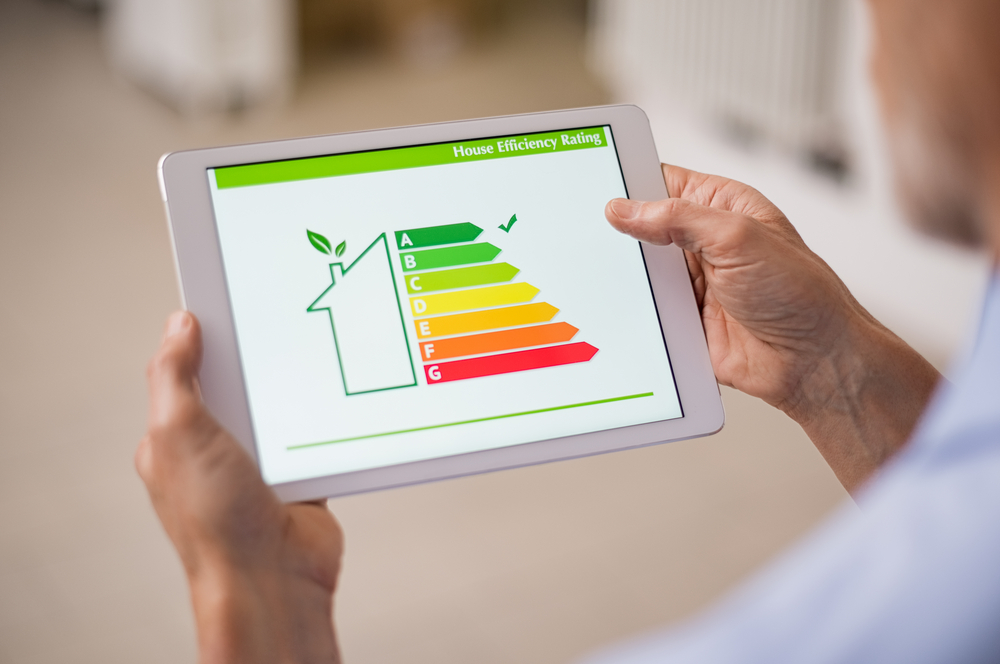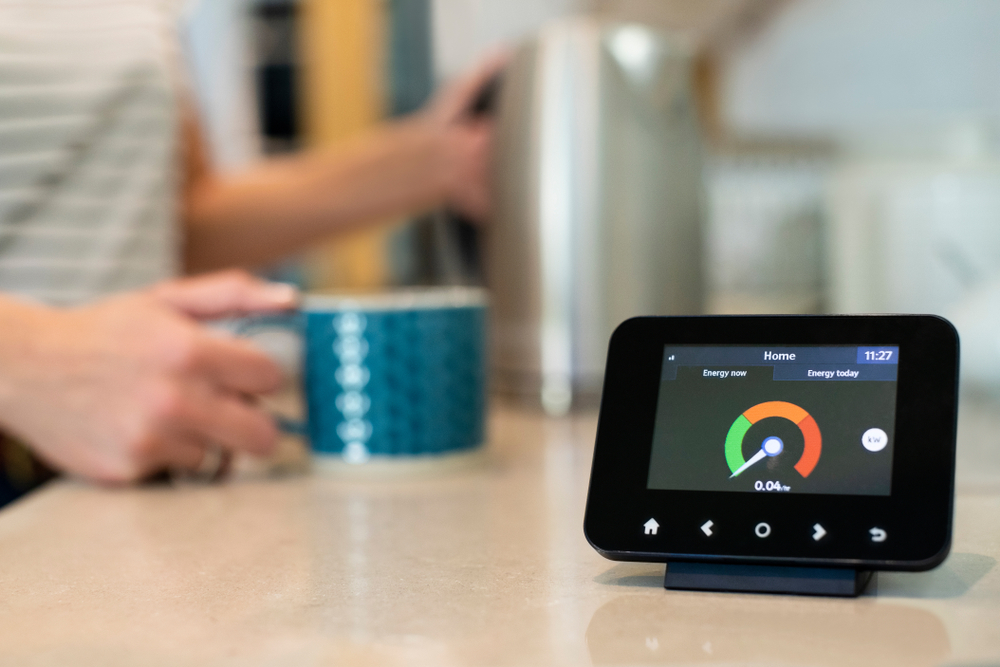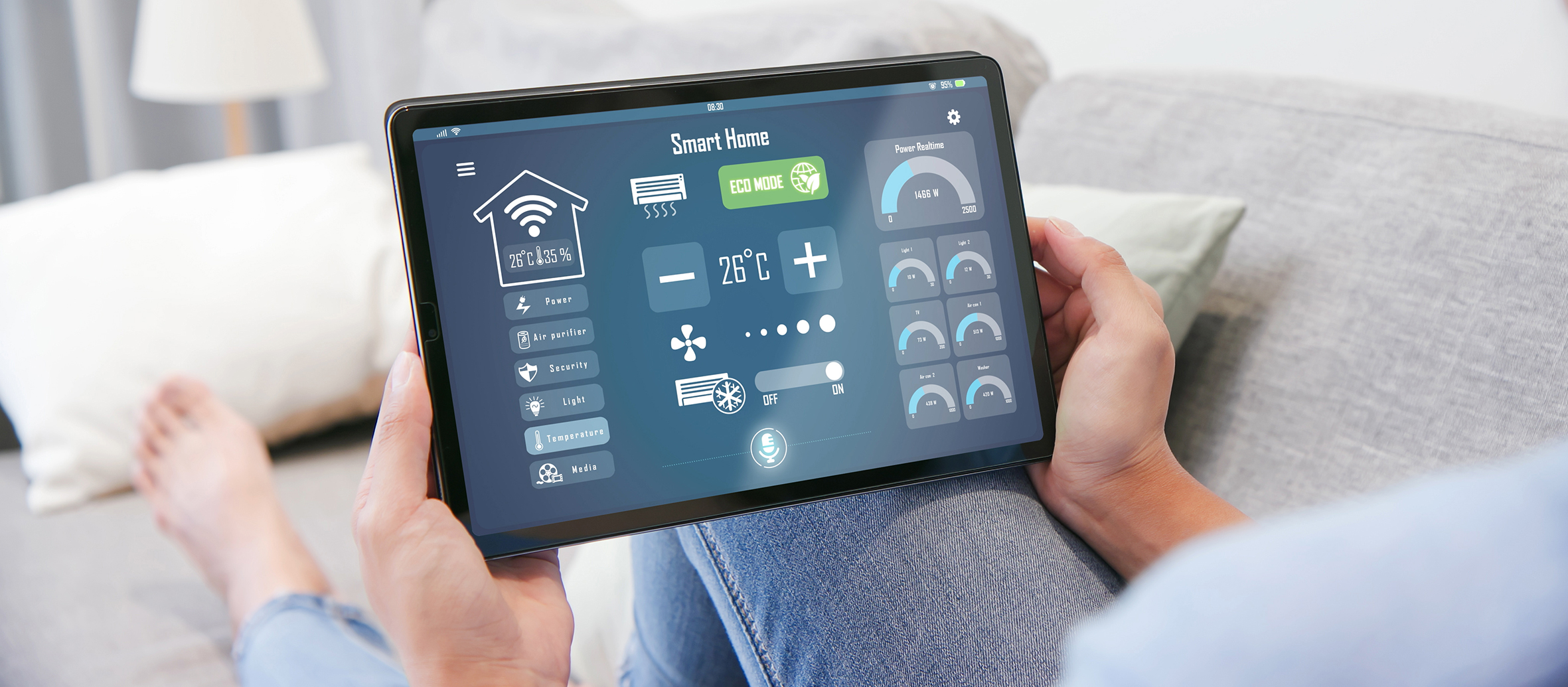In our quest for comfort and convenience, our homes have become hubs of technology and appliances, each adding to the monthly energy bill. Understanding which items use the most energy is crucial for managing costs and reducing environmental impact. This article sheds light on the major energy consumers in UK homes and highlights the role of smart meters in energy management.
1. Heating and Cooling Systems: The Energy Giants
The largest portion of home energy consumption typically goes towards heating and cooling. In the UK, where weather conditions can vary dramatically, maintaining a comfortable indoor temperature often requires a significant amount of energy. Central heating systems, including boilers and radiators, are common in many homes, using gas or electricity to generate warmth. During colder months, these systems can account for 60% or more of a household’s energy usage.

2. Water Heating: A Close Second
Following heating and cooling, water heating is the next biggest energy user. Whether for showers, dishwashing, or laundry, hot water is a daily necessity. Traditional water heaters, which store and continually heat water in a tank, can be particularly energy-intensive. Switching to more efficient models or adjusting habits, such as reducing shower time, can lead to considerable savings.
3. Appliances and Electronics: The Silent Energy Consumers
Our homes are filled with a variety of appliances and electronic devices, from refrigerators and ovens to televisions and computers. While individually, they may not consume as much energy as heating systems, collectively, they add up. Refrigerators, for example, run continuously and can be significant energy users, especially older models. Similarly, the combined energy use of smaller electronics, often left on standby, contributes to the home’s overall energy footprint.
4. Lighting: Shining a Light on Savings
Lighting is another area where energy consumption can be easily overlooked. The shift towards LED bulbs has helped reduce the energy used for lighting, but the number of lights and the frequency of their use can still contribute to higher energy usage. Adopting habits like turning off lights when leaving a room can further enhance energy savings.
The Role of Smart Meters

To truly understand and manage these items, one effective solution is to get a smart meter. Not only do smart meters replace traditional meters, but they also come with an in-home display that offers near real-time information on energy use and its cost, promoting more informed decisions about energy consumption.
Moreover, the UK government’s initiative ensures that every household in Great Britain is offered a smart meter at no extra cost, emphasising the role of these devices in achieving a more energy-efficient future. The installation of a smart meter does not just mean replacing an old meter; it signifies a step towards a smarter, more sustainable home energy system.
Empowering Change with Information
The journey towards energy efficiency begins with understanding which items use the most energy in our homes. By embracing smart meters and adopting energy-efficient habits, we can all contribute to a more sustainable future.





